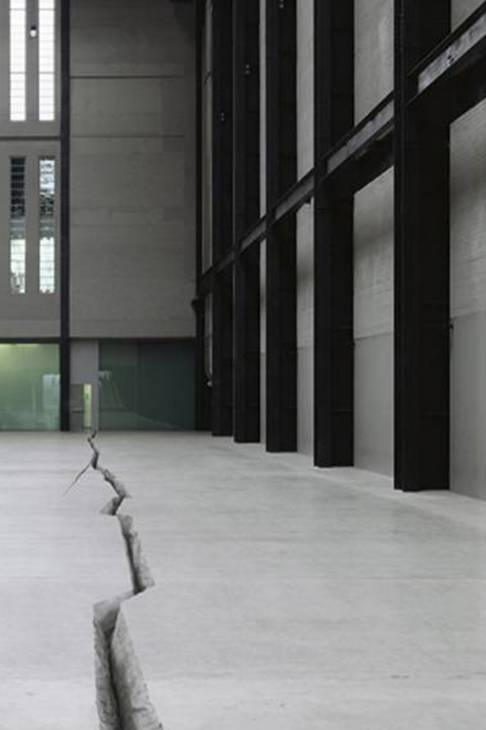
Wall Street Journal writer Kelly Crow has a sweeping overview of the growth of the art market in Colombia, which seems to be following the same trajectory as the markets in China and Brazil, albeit on a smaller scale. Alongside already well established artists such as Doris Salcedo and the seemingly ubiquitous Fernando Botero, known for his rotund characters, she spotlights more recent rising stars like Oscar Murillo, whose prices shot to six figures at auction from about $10,000 after he was taken on by powerhouse dealer David Zwirner. Other names that will likely be new to most readers include Gabriel Sierra, Monika Bravo, Elias Heim, Lydia Azout, Carolina Caycedo, and Mateo Lopez. Other artists who have been working steadily for decades and who are now getting their due include Oscar Muñoz, José Alejandro Restrepo, and Miguel Ángel Rojas.
According to Crow, “Colombia is home to a vibrant art scene that also happens to be undergoing a seismic shift.” Along with a confluence of other factors, the fact that Colombia’s military and rebel groups have recently been conducting peace negotiations has prompted collectors and curators to give the country’s art scene a closer look. “Whenever curators and collectors start sniffing around a new region, dealers and auctioneers invariably follow, eager to pounce on whatever the tastemakers discover,” according to her report.
Salcedo, whose acclaimed installation Shibboleth took over the Tate lobby in 2007, splitting the floor and forcing visitors to navigate over the fissure, recalls the grim backdrop when she returned to Bogotá in 1985 after attending school in the UK. “I came back at the worst possible time,” she says, when car bombs were regularly going off in the streets around her studio. Despite the fact that drug kingpin Pablo Escobar was based in Medellín, the violent effects of his drug-cartel activity, which was then at the height of its powers, were felt throughout the country.
Now, amid the gradually improving political and economic conditions, younger artists want to look toward the future and focus on the positive. Sierra and others are “trying hard to disassociate from this violent history, identifying with the country’s surging economy and energy. Instead of Escobar, the up-and-comers want to think about nature and architecture, culling pieces from their private diaries and quieter obsessions.”